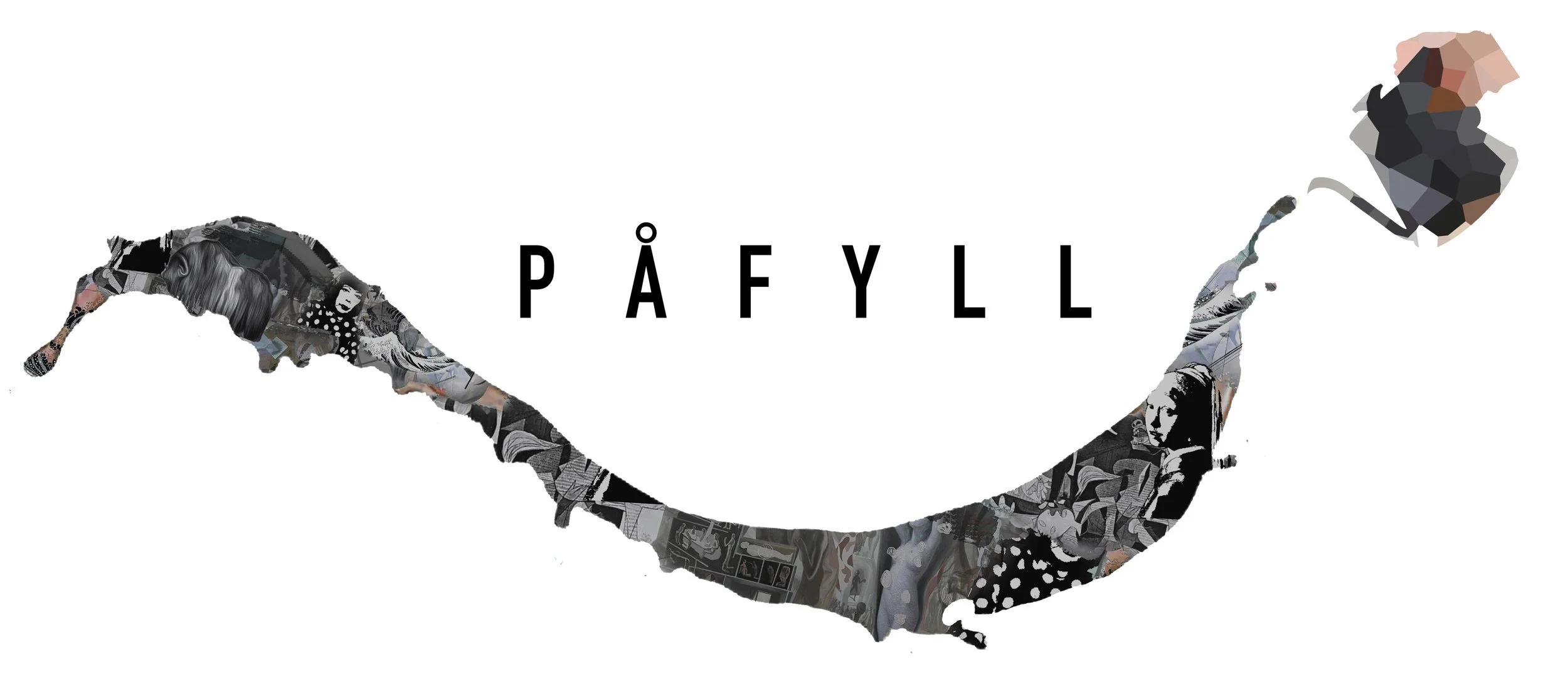Symphony for Kunstnernes Hus: A Metaphor for life
Av Solfrid Elise Lindblom
“Can you listen to a building? Can an institution be set to music? And what happens when an art gallery and its history is turned into a symphony? Symphony for Kunstnernes Hus is an immersive musical experience and a site-specific work, created by Øyvind Torvund”, according to the official website of the exhibition.
There were four concerts happening simultaneously, in four galleries of Kunstnernes Hus. Two of them on the first floor, and the other two on the second. The galleries were open and connected, audiences, therefore, could wander freely from room to room when the symphony was being performed. In the two galleries on the first floor, there was ritualistic folk music in one room and lamentations for brass ensembles in the other. Similarly on the second floor, one gallery played symphonic waves for strings while the other played harp and electronic percussion. The music played in the rooms made dialogue, and built connections during the concert, while at the same time each room had its own distinct acoustic characteristics.
Av Zirui Liu
The piece of the symphony was peculiar because no place in Kunstnernes Hus could pick up all the sounds altogether, and the audience must make choices all the time. When the audience were on the first floor focusing on the stateliness made by the brasses, the reactions from the strings on the second floor were almost impossible to get. During the concert, the symphony continuously asked its audiences to make choices: where in the building to stay, which part of the symphony to stay with, and how long to stay for. And they had to lose some parts of the symphony while making their own unique choices. The piece of work was about choosing, gaining, and losing. It was a metaphor for life itself.
Av Zirui Liu
At the beginning of the concert, most audience wandered around frequently from room to room. As the music developed, they either stayed in one room until the end of the concert or sat on the stairway that connected the two floors and tried to pick up sounds from all four galleries. 20 minutes after the start of this intriguing exhibition, only a few from the audience were still wandering.
The wandering of the audience also made a part of the performance. The sound they made while walking, a cry from a child, and the hum of approving spectators all subconsciously contributed to the symphony and made it even more unique. To be honest, I didn’t blame the ‘noise’-making kids at all, they gave an extraordinary, impromptu dance performance at the end of the symphony, talking to the music, the building, and probably the composer himself. They truly understood the essence of the exhibition: wandering around at an early age of life, settling down in the middle, and having kids dancing of their own will, at the end. What a lively performance!



